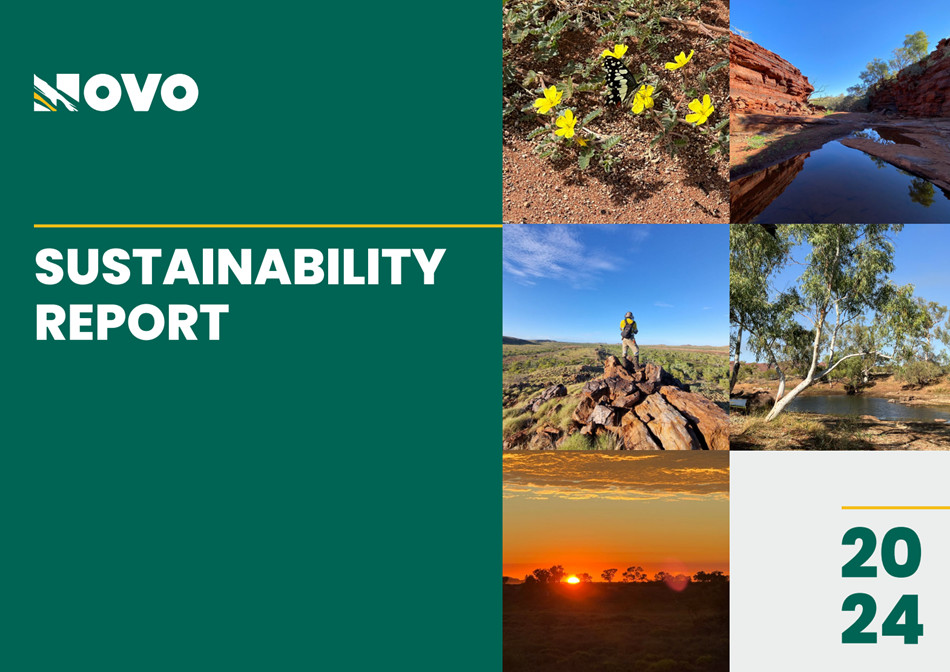Textile Industry Adopts New International Standard for Measuring Microplastics
Aquafil SPA Integral to The Standard’s Adoption
ARCO, Italy, Oct. 16, 2024 (GLOBE NEWSWIRE) — Aquafil SpA (ECNLF:OTCQX – ECNL:IM), based in Arco (TN) Italy and a pioneer of the circular economy, today released its third in a series of monographs illustrating how we can design better to do better.
In an era where microplastic pollution poses an increasingly urgent threat to our environment, Aquafil is leading the way in solving this challenge.
With the help of CNR STIIMA Biella and UNI, Aquafil has developed a first-of-its-kind methodology to precisely measure the amount of microplastics released by the textile industry – becoming the world’s first official, standardized measurement of the microplastic footprint of a textile product.
This methodology is ISO certified (ISO 4484-2:2023) and now available to the entire textile industry, providing a pathway to collectively helping solve the world’s microplastic pollution problem.
What are Microplastics?
Microplastics are small, plastic particles measuring less than five millimeters (according to the National Oceanic and Atmospheric Administration) that can both originate at that size or become that small as a result of fragmentation of larger plastic objects. Because of their small size, microplastics can enter undetected into the enviornment, and ultimately into our bodies, significantly impacting human health.
In fact, the microscopic size of these particles makes them even more insidious. The smaller the particle, the easier it is for them to enter our bloodstream, tissue and cells. If these microplastics are contaminated, they can release harmful compounds potentially damaging living cells.
The industries considered amongst the highest risk of releasing microplastics include cosmetics, personal care, tires and paints.
Textiles – including the fashion industry – is also a culprit.
What is it about textiles that puts them at risk of releasing microplastics into the environment? Here are the factors involved:
- The type of fiber or yarn: A staple fiber is made of a set of fibers of limited length that are held together mechanically by twisting. Due to its construction, this type of fiber is more likely to fray and release microparticles than a bulk continuous fiber.
- The material that makes up the fiber: The chemical and mechanical characteristics of the fiber play a crucial role in its performance – some are sturdy and better able to withstand mechanical stress, abrasion, wear, and exposure to harsh environments before breaking down.
- The construction of the fabric: Products made through a continuous process are generally less likely to release their components compared to those pieced together from multiple different yarns or threads.
- The product’s reaction to maintenance: Some fibers are better able than others to endure mechanical stress from maintenance – like washing – throughout their life cycle.
- The wear and aging of a product: The breakdown into microparticles is usually associated with the conditions of use and the specific exposure to chemical and environmental factors – such as sunlight – which can act together to accelerate the deterioration process.
How Do We Resolve the Microplastics Issue?
To solve the textile industry’s microplastics challenge, it first needed to be quantified. Unfortunately, until now, there have only been scant estimations of the microplastic footprint.
The industry needed a standard methodology that would enable the textile industry to precisely and unambiguously measure the release of microplastics, systemically correlate the effects to determine what causes the release, and construct products in a way that would limit their microplastic footprint.
In partnership with CNR of Biella STIIMA and the textile commission of UNI CT 046, Aquafil led this effort, which took nearly five years to complete. This team developed a first-of-its-kind methodology to precisely measure the amount of microplastics released in the textile industry – becoming the world’s first official, standardized measurement to understand a product’s microplastic footprint. This is the starting point for the development of technological solutions to reduce microplastics in the manufacture of textiles.
ISO 4484-2:2023 is the first official, standardized global method for the qualitative and quantitative determination of microplastics (including fibrous plastics) in solid, liquid, or gaseous matrices coming from the textile sector.
This new ISO standard enables the textile industry to quantify microplastic pollution for the first time, serving as an initial pathway to solving the overall microplastic issue. Aquafil hopes to encourage those in the textile industry to reduce their microplastic footprint through eco-design: Selecting fibers and following production processes that will minimize the release of microplastics based on these findings.
As part of its recently introduced new 2024-2026 industrial plan, Aquafil expects to invest € 60 – 65 million over the next three years, including on initiatives to support technological improvements aimed at developing new product innovations.
Do not miss the latest updates by tuning in to the Aquafil Group’s 9 Month 2024 Results, which will be presented on Monday, 28th October 2024, live on YouTube (the link to the conference call will be available on the IR calendar: https://www.aquafil.com/investor-relations/financial-calendar/).
About Aquafil SpA
Since 1965, the Aquafil Group has been a pioneer of the circular economy and a landmark in terms of quality and product innovation for Italy and the globe. We primarily manufacture Nylon 6 fibers and polymers but also Nylon 6.6 and Dryarn. Our flagship product is ECONYL® nylon, which revolutionizes the world of synthetic fibers through a closed-loop model.
Today, Aquafil remains a leader in the research of new production systems for sustainable development.
To keep current on Aquafil, please go to www.aquafil.com.
Investors Contact
Giulia Rossi
investor.relations@aquafil.com
mob: +39 327 0820.268
Media Contact
Maria Giovanna Sandrini
maria.giovanna.sandrini@aquafil.com
mob: +39 348 6019.628
U.S. Contact:
Joe Hassett
joeh@gregoryfca.com
mob: 610-787-0464
















